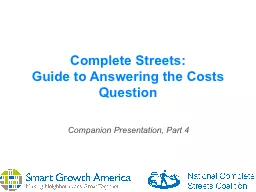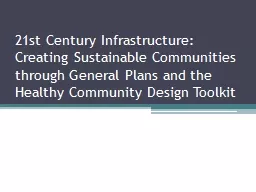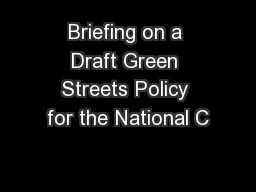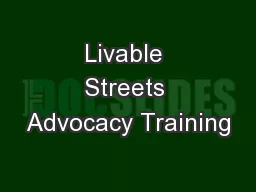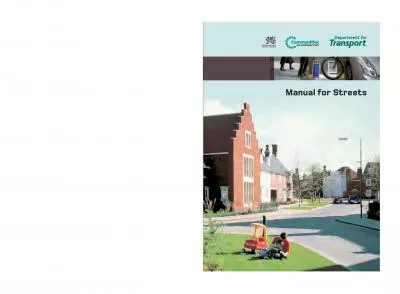PPT-Introduction to Complete Streets in Wisconsin
Author : min-jolicoeur | Published Date : 2018-03-17
1 What are Complete Streets 2 Complete Streets are safe comfortable and convenient for travel for everyone regardless of age or ability motorists pedestrians bicyclists
Presentation Embed Code
Download Presentation
Download Presentation The PPT/PDF document "Introduction to Complete Streets in Wisc..." is the property of its rightful owner. Permission is granted to download and print the materials on this website for personal, non-commercial use only, and to display it on your personal computer provided you do not modify the materials and that you retain all copyright notices contained in the materials. By downloading content from our website, you accept the terms of this agreement.
Introduction to Complete Streets in Wisconsin: Transcript
Download Rules Of Document
"Introduction to Complete Streets in Wisconsin"The content belongs to its owner. You may download and print it for personal use, without modification, and keep all copyright notices. By downloading, you agree to these terms.
Related Documents

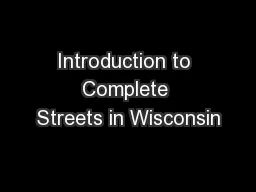


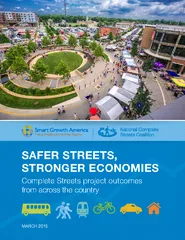
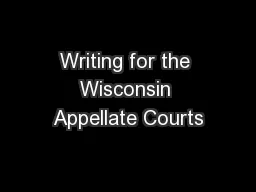

![[Jurisdiction] [City Council/Board of Supervisors]](https://thumbs.docslides.com/250801/jurisdiction-city-council-board-of-supervisors.jpg)
